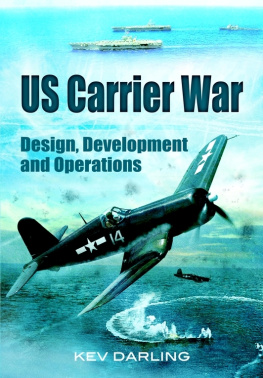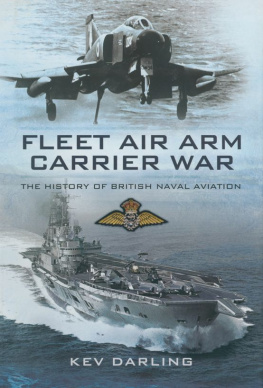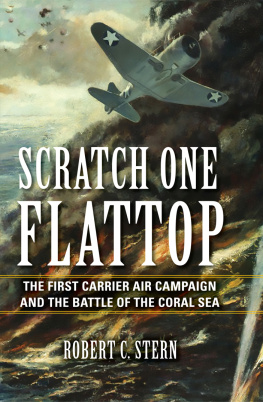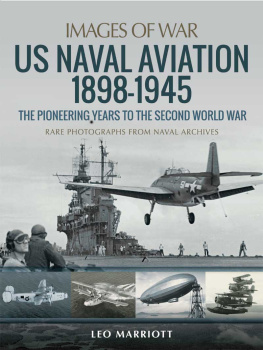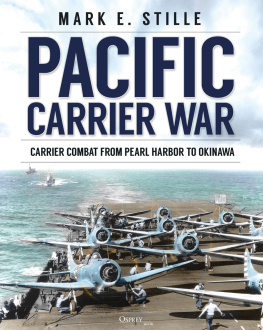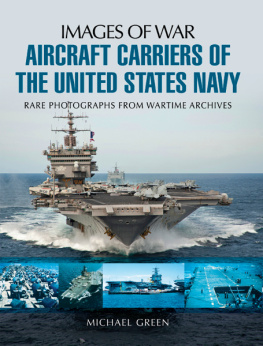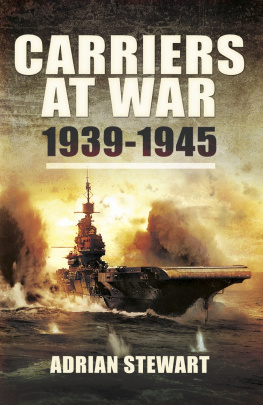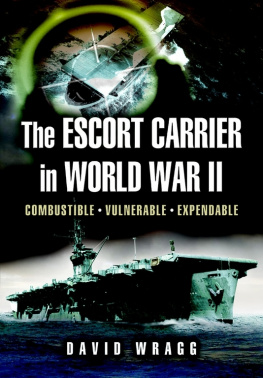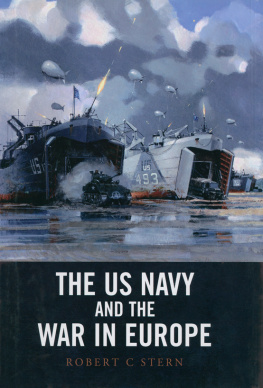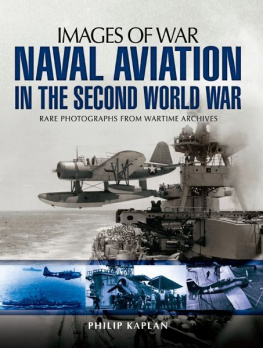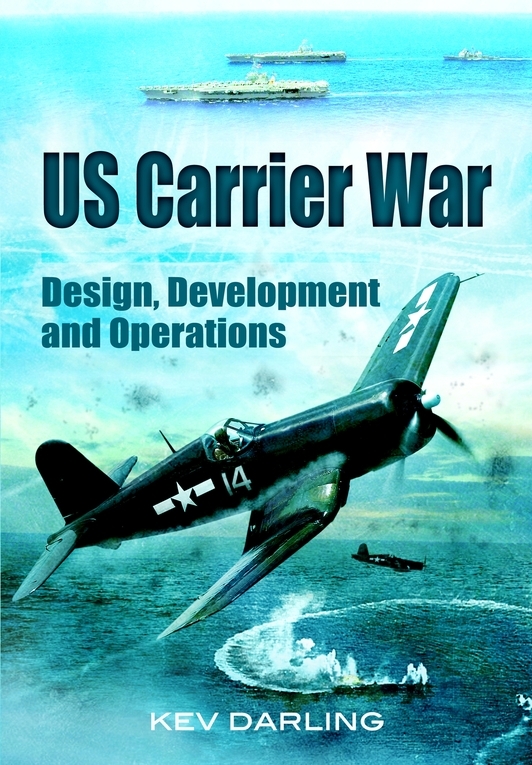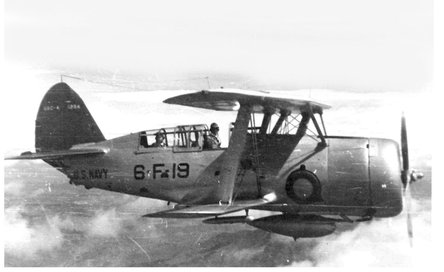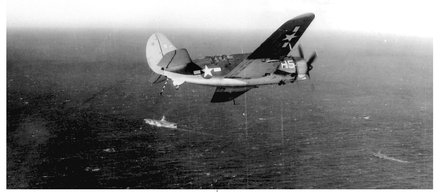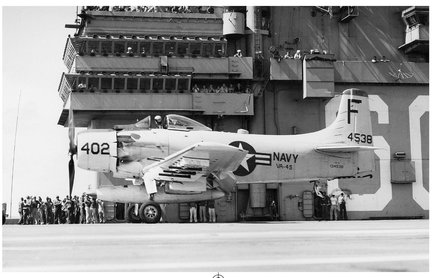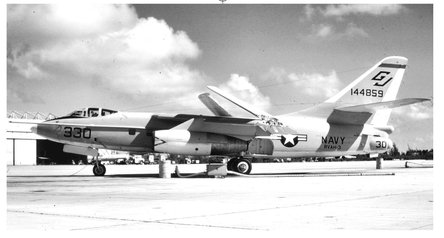APPENDIX ONE
Primary Carrier Aircraft of the US Navy
Boeing F4B
Crew: one
Length: 20 ft 4 in (6.19 m)
Wingspan: 30 ft (9.14 m)
Height: 9 ft (2.74 m)
Loaded weight: 2,690 lb (1,220 kg)
Powerplant: 1 Pratt & Whitney R-1340-17 Radial engine, 500 hp (373 kW)
Performance
Maximum speed: 189 mph (304 km/h)
Cruise speed: 160 mph (257 km/h)
Range: 570 miles (917 km)
Armament
Guns: Two 0.30-inch (7.62 mm) machine-guns or one 0.30-inch (7.62 mm) and one 0.50-inch (12.7 mm) machine-guns
Bombs: 244 lb (111 kg) of bombs carried externally
Curtiss JN
Crew: two
Length: 27 ft 4 in (8.33 m)
Wingspan: 43 ft 7 in (13.3 m)
Height: 9 ft 10 in (3.01 m)
Empty weight: 1,390 lb (630 kg)
Max take-off weight: 1,920 lb (871 kg)
Powerplant: 1 Curtiss OX-5 inline piston, 90 hp (67 kW)
Performance
Maximum speed: 75 mph (65 kn, 121 km/h)
Cruise speed: 60 mph (52 kn, 97 km/h)
Service ceiling: 6,500 ft (2,000 m)
The Curtiss Aircraft Company produced two versions of the Helldiver. This is the biplane version that had the SBC type designation.
(US Navy/NARA via Dennis R. Jenkins)
Curtiss H-12/16
Crew: four
Length: 46 ft 6 in (14.18 m)
Wingspan: 92 ft 8 in (28.26 m)
Height: 16 ft 6 in (5.03 m)
Empty weight: 7,293 lb (3,609 kg)
Gross weight: 10,650 lb (5,550 kg)
Powerplant: 2 Rolls-Royce Eagle I, 275 hp (205 kW) each
Performance
Maximum speed: 85 mph (137 km/h)
Service ceiling: 10,800 ft (3,292 m)
Rate of climb: 336 ft/min (1.7 m/s)
Armament
4 0.303 in (7.7 mm) Lewis guns on flexible mounts
4 100 lb (45 kg) or 2 230 lb (105 kg) bombs below the wings
Curtiss SBC Helldiver
Crew: two
Length: 28 ft 4 in (8.64 m)
Wingspan: 34 ft 0 in (10.36 m)
Height: 12 ft 7 in (3.84 m)
Empty weight: 4,841 lb (2,196 kg)
Loaded weight: 7,080 lb (3,211 kg)
Powerplant: 1 Wright R-1820-34 Cyclone radial engine, 950 hp (709 kW) Performance
Maximum speed: 237 mph (206 kn, 381 km/h)
Service ceiling: 27,300 ft (8,320 m)
Rate of climb: 1,630 ft/min (8.28 m/s)
Armament
Guns: 1 0.30 in (7.62 mm) forward-firing M1919 Browning machine-gun, 1 0.30 in (7.62 mm) flexible rearward-firing machine-gun
Bombs: 1 bomb of up to 1,000 lb (450 kg)
Curtiss SB2C Helldiver
Crew: two
Length: 36 ft 9 in (11.2 m)
Wingspan: 49 ft 9 in (15.2 m)
Height: 14 ft 9 in (4.5 m)
Empty weight: 10,114 lb (4,588 kg)
Loaded weight: 13,674 lb (6,202 kg)
Powerplant: 1 Wright R-2600 Cyclone radial engine, 1,900 hp (1,400 kW)
Performance
Maximum speed: 294 mph (473 km/h)
Range: 1,200 miles (1,900 km)
Service ceiling: 25,000 ft (7,600 m)
Armament
Guns: 2 20 mm (0.79 in) cannon in the wings, 2 0.30 in (7.62 mm) M1919 Browning machine-guns in the rear cockpit
Bombs: in internal: 2,000 lb (900 kg) of bombs or 1 Mark 13-2 torpedo
Underwing hardpoints: 500 lb (225 kg) of bombs each
Douglas S/TBD Devastator
Crew: three
Length: 35 ft 0 in (10.67 m)
Wingspan: 50 ft 0 in (15.24 m)
Height: 15 ft 1 in (4.60 m)
Empty weight: 6,182 lb (2,804 kg)
Loaded weight: 9,862 lb (4,473 kg)
The Helldiver name would be used again by Curtiss, although this was applied to a much more aggressive machine, the SB2C. Not only did examples fight across the Pacific but numbers remained in front-line service in the immediate post-war period.
(US Navy/NARA via Dennis R. Jenkins)
One of the first attack types supplied by Douglas to the US Navy was the SBD/TBD Dauntless, capable of dispensing bombs and torpedoes. This is a pre-war aircraft assigned to VT-6 aboard the USS Enterprise .
(US Navy/NARA via Dennis R. Jenkins)
Powerplant: 1 Pratt & Whitney R-1830-64 Twin Wasp radial engine, 900 hp (671 kW)
Performance
Maximum speed: 206 mph (331 km/h)
Service ceiling: 19,700 ft (6,000 m)
Rate of climb: 720 ft/min (3.7 m/s)
Armament
1 0.30 in (7.62 mm) machine-gun forward-firing, or
The AD, Able Dog, Skyraider served in both Korea and Vietnam. Capable of carrying a great load of weaponry, the Spad, as it was also known, was one of the best piston-powered attack aircraft ever produced.
(US Navy/NARA via Dennis R. Jenkins)
Douglas also manufactured the F4D Skyray fighter for the US Navy. Unlike contemporary fighters, this aircraft featured an ovoidal-shaped delta wing, with its combined flight controls mounted on the trailing edge. While it featured a cannon armament, the Ford was also capable of carrying the Philco-Ford AIM-9 Sidewinder missile.
(John Ryan Collection)
1 0.50 in (12.7 mm) machine-gun forward-firing
1 (later 2) 0.30 in (7.62 mm) machine-gun in rear cockpit
1 1,000 lb (454 kg) bomb, or
1 Mark XIII torpedo1,200 lb (544 kg)
Douglas AD Skyraider
Crew: one
Length: 38 ft 10 in (11.84 m)
Wingspan: 50 ft 0 in (15.25 m)
Height: 15 ft 8 in (4.78 m)
Empty weight: 11,968 lb (5,429 kg)
Loaded weight: 18,106 lb (8,213 kg)
Powerplant: 1 Wright R-3350-26WA radial engine, 2,700 hp (2,000 kW)
Performance
Maximum speed: 322 mph (280 kn, 518 km/h) at 18,000 ft (5,500 m)
Cruise speed: 198 mph (172 kn, 319 km/h)
Service ceiling: 28,500 ft (8,685 m)
Rate of climb: 2,850 ft/min (14.5 m/s)
Armament
Guns: 4 20 mm (0.79 in) M2 cannon
Others: Up to 8,000 lb (3,600 kg) of ordnance on 15 external hardpoints including bombs, torpedoes, mine dispensers, unguided rockets, or gun pods
Douglas F4D Skyray
Crew: one
Length: 45 ft 3 in (10.21 m)
Wingspan: 33 ft 6 in (13.8 m)
The Douglas Company would also supply one of the largest carrier-borne aircraft ever taken to sea on a regular basis, the A-3 Skywarrior. Originally delivered as a nuclear-capable bomber, the type served in both the tanker and electronic warfare roles before retirement.
(John Ryan Collection)
Height: 13 ft 0 in (3.96 m)
Empty weight: 16,024 lb (7,268 kg)
Loaded weight: 22,648 lb (10,273 kg)
Powerplant: 1 Pratt & Whitney J57-P-8, -8A or -8B turbojet
Dry thrust: 10,200 lbf (45 kN)
Thrust with afterburner: 16,000 lbf (71 kN)
Performance

